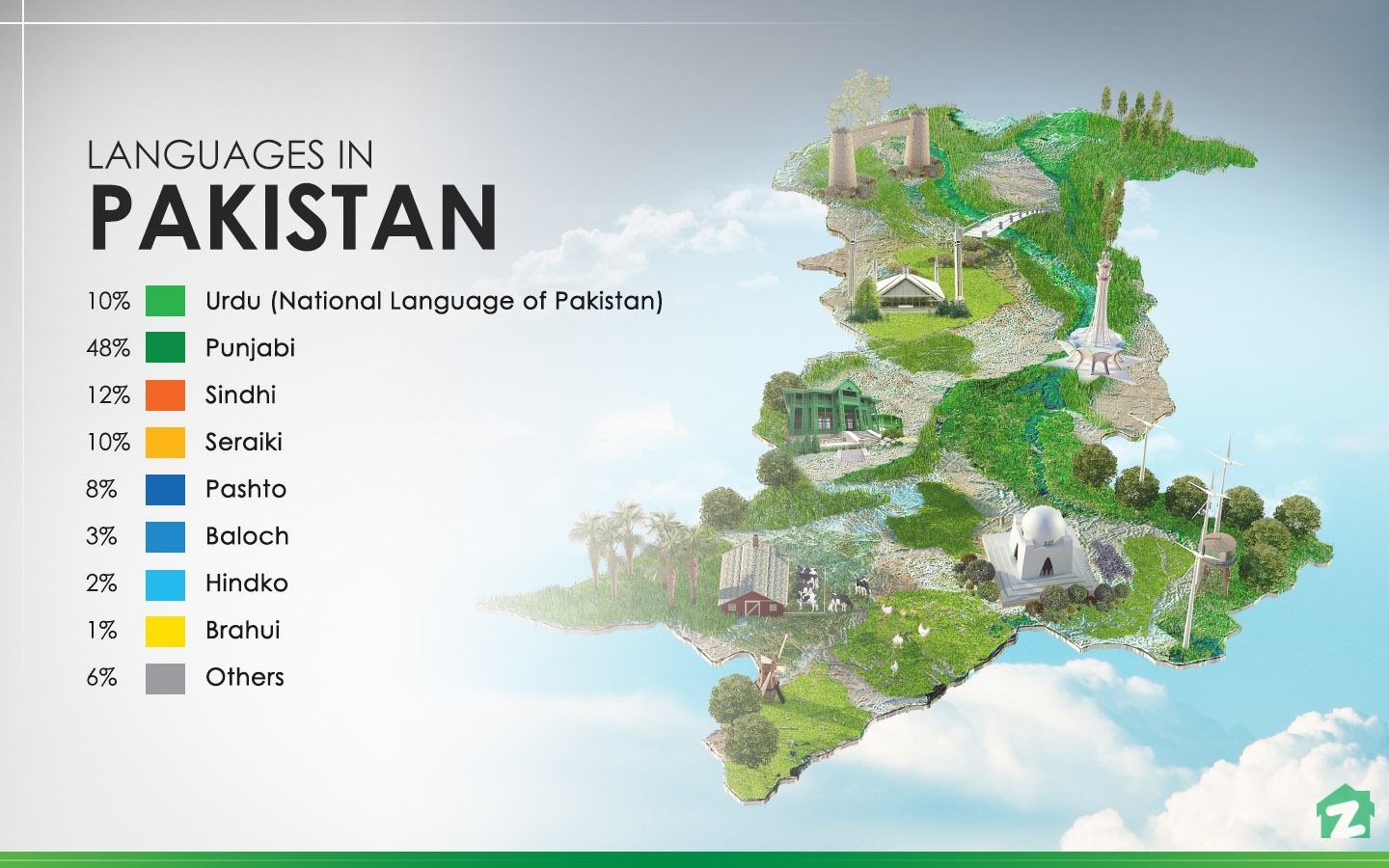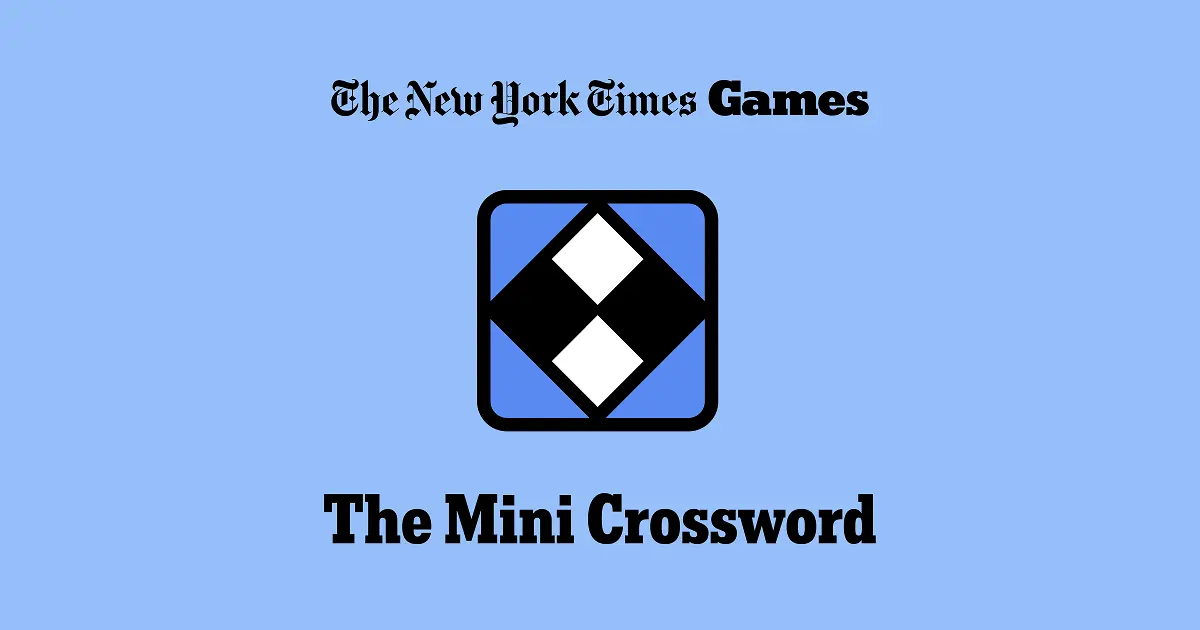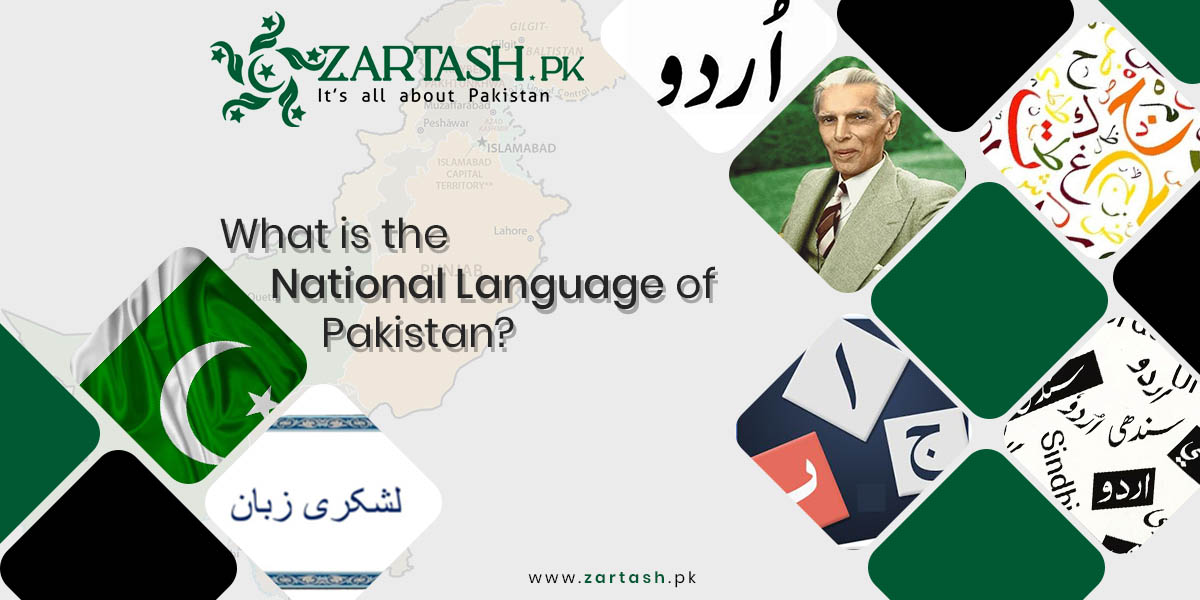National language of pakistan nyt – The national language of Pakistan, Urdu, is a fascinating topic that offers a glimpse into the country’s rich history, culture, and identity. Urdu, with its unique origins and significance, has played a pivotal role in shaping the Pakistani nation.
The evolution of Urdu as the national language has been marked by historical events, cultural influences, and ongoing debates. Its status as a unifying force and a symbol of national pride has been both celebrated and contested, making it a topic of great interest and importance.
Urdu: The National Language of Pakistan

Urdu, a descendant of the Indo-Aryan branch of the Indo-European language family, holds a prominent position as the national language of Pakistan. Its journey to this status is steeped in historical and cultural significance.
Evolution of Urdu as the National Language
The roots of Urdu can be traced back to the 12th century, emerging as a lingua franca during the Delhi Sultanate. It gained prominence under the Mughal Empire, becoming the official language of the imperial court and spreading throughout the subcontinent.
After the partition of British India in 1947, Urdu was adopted as one of the two official languages of Pakistan, alongside Bengali. However, in 1956, it was declared the sole national language, a decision that sparked controversy but ultimately cemented its position as a symbol of Pakistani identity.
Significance of Urdu in Pakistani Culture
Urdu plays a pivotal role in Pakistani culture, serving as a medium of expression for literature, poetry, music, and film. It has produced renowned writers, poets, and scholars who have enriched the country’s literary heritage.
The language is deeply intertwined with Pakistani identity, fostering a sense of unity and belonging among its diverse population. It is used in official communication, education, and the media, connecting people across the nation.
Furthermore, Urdu has influenced other regional languages in Pakistan, contributing to the country’s linguistic diversity and cultural richness.
Challenges and Controversies Surrounding Urdu as the National Language

The choice of Urdu as Pakistan’s national language has been a subject of controversy and debate. This decision has faced criticism and challenges due to various factors, including regional linguistic diversity and historical and cultural complexities.
Arguments for Urdu as the National Language
- Urdu has a long literary and cultural history in the region, with a rich body of literature and cultural heritage.
- It serves as a lingua franca, facilitating communication and unity among diverse linguistic groups within Pakistan.
- Urdu is widely understood and spoken in major urban centers, making it a practical choice for official communication and education.
Arguments Against Urdu as the National Language, National language of pakistan nyt
- Urdu is not the native language of a majority of Pakistanis, with significant regional linguistic diversity across the country.
- The imposition of Urdu as the national language has been seen as a form of linguistic imperialism, favoring one language over others.
- It can create barriers to access to education and government services for those who are not proficient in Urdu.
Impact of Regional Languages and Ethnic Diversity
Pakistan is a linguistically diverse country with numerous regional languages and ethnic groups. The choice of Urdu as the national language has had a significant impact on the status of these regional languages. While Urdu is the official language, many regional languages continue to be widely spoken and used in local contexts.
This has led to a complex linguistic landscape where both Urdu and regional languages coexist and interact.
Urdu in the Pakistani Media and Education System
Urdu, as the national language of Pakistan, plays a significant role in the media and education system. It serves as a unifying force, fostering communication and cultural identity among the diverse population.
Role of Urdu in Pakistani Media
Urdu is widely used in Pakistani media, including print, broadcast, and digital platforms. Newspapers, magazines, and online news portals publish content primarily in Urdu, catering to a large audience. Similarly, television and radio channels broadcast news, entertainment programs, and dramas in Urdu, reaching a vast majority of the population.
Status of Urdu in Pakistani Education System
Urdu is a compulsory subject in the Pakistani education system from primary to higher education. It is taught as a first language in schools and universities, with a focus on developing literacy, communication skills, and cultural understanding. The government emphasizes the importance of Urdu as a medium of instruction, particularly in primary education, to promote accessibility and inclusivity.
Challenges and Opportunities
Despite its prominence, Urdu faces challenges in the media and education system. One challenge is the influence of English, which is often seen as a language of prestige and international communication. This can lead to a preference for English in certain media outlets and educational institutions.Another
challenge is the need to promote Urdu in digital spaces. While Urdu content is increasingly available online, there is a need to expand its presence and accessibility on social media platforms, websites, and other digital channels.Despite these challenges, there are opportunities to promote Urdu in the media and education system.
By investing in Urdu-language media production, supporting Urdu-medium education, and encouraging the use of Urdu in digital spaces, the government and stakeholders can strengthen the role of Urdu as a vibrant and dynamic national language.
Urdu and the Future of Pakistan: National Language Of Pakistan Nyt

Urdu, as the national language of Pakistan, has a profound impact on the country’s identity, unity, and cultural preservation. However, the future of Urdu is subject to the interplay of various factors, including globalization, technology, and changing demographics. This section explores the potential trajectory of Urdu in the years to come.
Impact of Globalization and Technology
Globalization and technological advancements have accelerated the spread of English and other international languages. This trend may pose challenges to the dominance of Urdu in certain domains, such as international communication and business. However, Urdu’s resilience as a language of culture and heritage could mitigate this impact.
Changing Demographics
Pakistan’s demographic landscape is evolving, with the rise of new urban centers and increased migration. These demographic shifts may influence language preferences and the relative importance of Urdu in different regions.
Urdu and National Unity
Urdu has played a pivotal role in fostering national unity in Pakistan. As the common language of communication, education, and media, Urdu transcends regional and ethnic boundaries, promoting a sense of shared identity among Pakistanis.
Urdu and Cultural Preservation
Urdu is inextricably linked to Pakistani culture and heritage. It is the language of literature, poetry, music, and art. Preserving and promoting Urdu is crucial for safeguarding Pakistan’s cultural legacy.
Last Word

As Pakistan navigates the complexities of globalization and cultural preservation, the future of Urdu remains uncertain. However, its enduring legacy and the ongoing efforts to promote its use suggest that Urdu will continue to play a significant role in shaping the nation’s identity and fostering unity among its diverse population.
Answers to Common Questions
What is the significance of Urdu in Pakistani culture?
Urdu is deeply intertwined with Pakistani culture, serving as a medium of literary expression, cultural heritage, and national identity.
What are the challenges faced by Urdu as the national language?
Urdu faces challenges such as regional language diversity, the influence of English, and ongoing debates about its suitability as the sole national language.
How is Urdu promoted in the Pakistani media and education system?
Urdu is widely used in print, broadcast, and digital media, and its teaching is emphasized in the Pakistani education system from primary to higher levels.